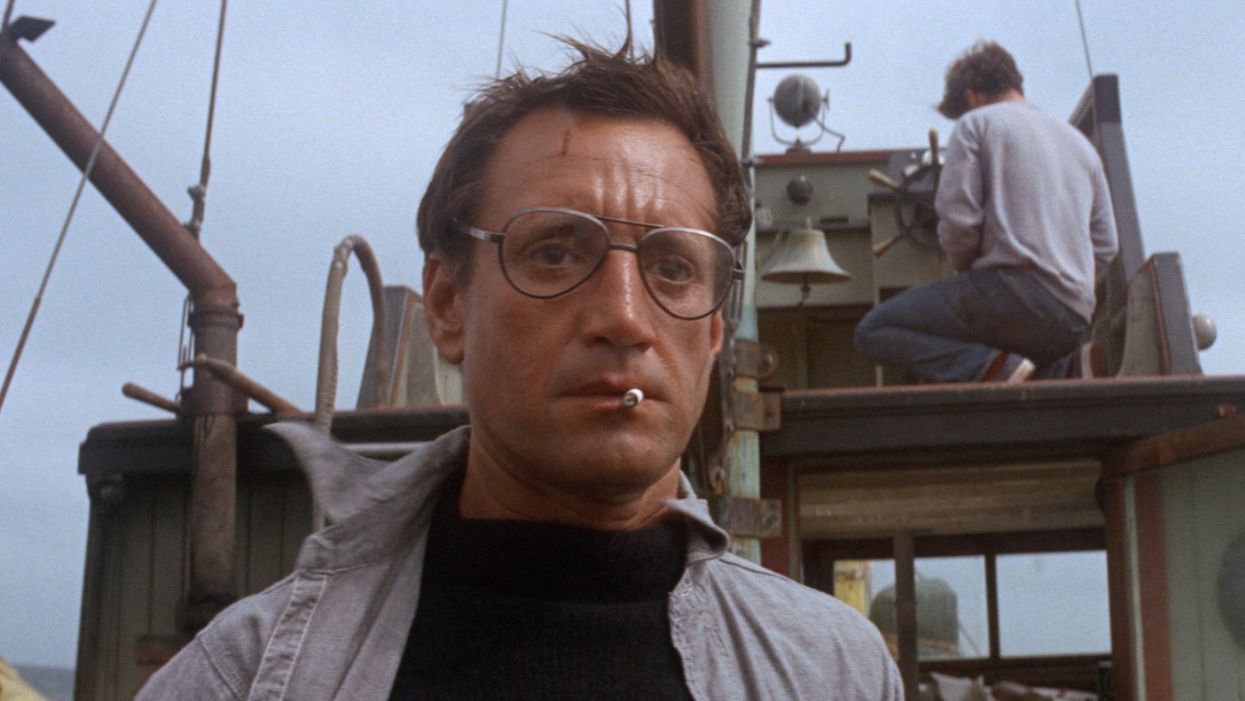Watch: What the Dolly Zoom Can Do For You
The dolly zoom shot is practically a cliché, but this video essay argues that it has a lot to teach us.

The dolly zoom is a famous technique invented by Alfred Hitchcock for his 1958 film Vertigo. The shot is achieved by simultaneously tracking backwards or forwards while zooming in or out (check out our guide on how to pull to pull it off in your own productions, without the aid of a zoom lens.)
According to this new essay from Now You See It, the shot usually "requires a smooth dolly track as well as a simultaneously intensely steady zoom," which was why it wasn't employed before Hitchcock's thriller.
The essayist argues that the shot, beyond being a marker for psychological disorientation (and also pretty cool looking), has a lot to teach about the nature of filmmaking itself, insofar as it is a dramatic example of the effects that different lenses have. This is because a dolly zoom, in essence, involves a change from a telephoto lens to a wide angle lens, and these two lenses have radically different psychological effects on the viewer. Telephoto lenses (generally above 50mm), in which the physical length of the lens is shorter than the focal length, have a flattening effect, and are also known for isolating subjects within frames.
Directors tend to favor them for close-ups because, "beyond focusing attention on an actor in a a shot by blurring out the background," they tend to be more flattering to actors, unlike wide angle lenses, which place more of the frame in focus while simultaneously stretching it (along with everything within the frame, including the features of the actors). This is, perhaps, why Stanley Kubrick used wide angle lenses for almost the entirety of The Shining; he wanted to make Nicholson and Duvall look unflattering, unreal, and distort their movie star good looks, which he accomplished by using an 18mm lens (which is a very, very wide, lens.)
Dolly zooms are an excellent way to show psychological effects on characters by taking advantage of cinematic visuals. In Vertigo, for example, the shots act to viscerally demonstrate Jimmy Stewart's fear of heights; the audience "can't help but feel a little nauseated." Martin Scorsese has also used them in several films, including Raging Bull and Goodfellas, where this particularly effective dolly zoom shows Henry Hill's crumbling world at the end of the film, when he is on drugs and on the run.
But, as the essay notes, these famous examples are not the only places where the dolly zoom shows up. Check out this video, where, in addition to Hitchcock's use of the device, it shows up in several films where you wouldn't expect to see it.
This just goes to show that, when deployed subtly, any piece of cinema grammar can be used to great effect. In this case, you're disorienting the viewer, without having to tell them why they are being disoriented—in other words, without resorting to spoken exposition. The dolly zoom could be considered one of the "showiest" shots in cinema, but Now You See It's essay demonstrates that, by relying on the pure language of cinema, its use can be comparatively subtle and very affecting.
Source: Now You See It












